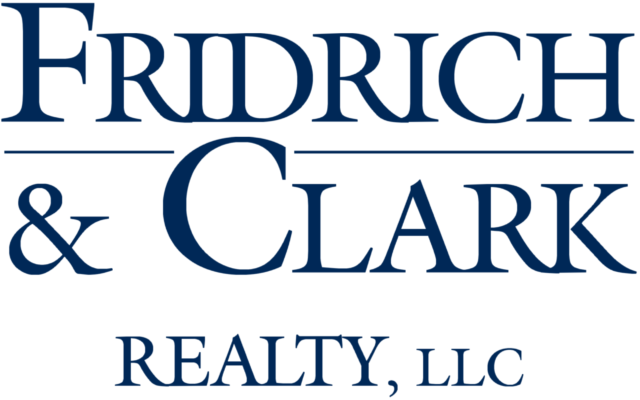One of the three appraisal methods where an estimate of value is obtained by comparing the property being appraised with actual recently-sold comparable properties. Previously known as the Market data approach and the Market comparison approach. See Income approach and Cost approach.
A contract by which a buyer and a seller agree to the terms to the sale of real property.
In brokerage, an agent’s commissions, advertising costs and costs incurred in the sale are examples of common expenses.
A person who holds a salesperson license and is employed by a real estate broker.
In computing depreciation for tax purposes, the reasonably anticipated fair market value of the property at the end of its useful life after being fully depreciated which must be considered with all methods of depreciation except for the declining balance method.
A leasehold interest that exists when subleasing property that is between the primary lease and the operating lease when the holder of a sublease in turn sublets to another, his or her position is that of being sandwiched between the original lessee and the second sub-lessee.
(S&L) A state or federally chartered thrift institution that specializes in making residential mortgages.
A fund managed by the FDIC that insures deposits in savings and loans which is the successor to the former FSLIC. See Federal Savings and Loan Insurance Corporation.
A type of bank which receives savings in the form of the deposits in mortgages and other securities allowed by law and which are mutual institutions and usually are governed by a self-perpetuating board of trustees.
1. A mortgage loan made to secure a loan to make home improvements or some other related purpose.
2. A mortgage loan given by a buyer to generate enough capital to make the down payment required under the first mortgage loan.
